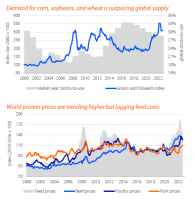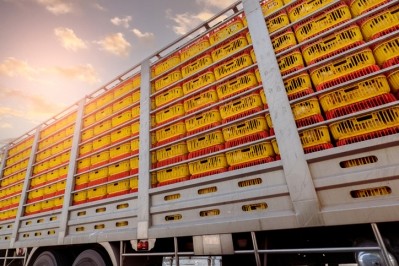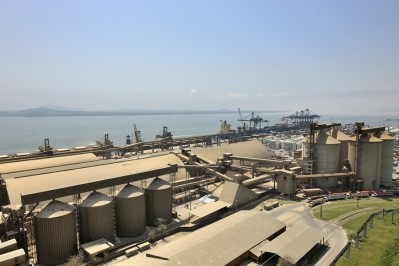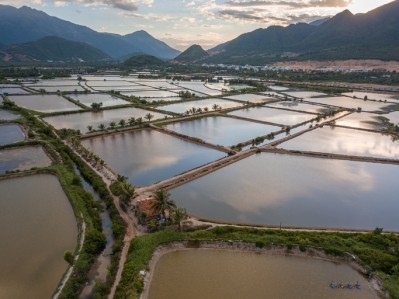Rabobank: Carbon measurement driving markets, proactive approach to managing disease will support growth

Justin Sherrard, global strategist for animal protein at the bank, believes animal protein companies need to focus now on how to achieve growth over the next decade, not simply the next year. “Structural changes in the market, such as increasing awareness of carbon footprints and a proactive approach to managing disease, offer opportunities for the most forward-thinking companies to invest and prosper.”
The analysts expect animal protein producers and processors to intensify their emissions commitments next year, but they say this will require greater investment in areas such as smart data to make their operations and supply chains more sustainable.
The most successful businesses are also moving on to a more proactive footing to manage disease risks, such as African Swine Fever (ASF) and Avian Influenza (AI), according to the outlook. This includes sensors that can recognise unusual animal movements and predictive technology to limit herd loss.
High feed and energy prices to persist
Rabobank’s report forecasts ongoing high feed costs and elevated energy prices in 2023, as the primary factors behind the escalation remain intact.
Headwinds, including higher interest rates and restrictions on passing on costs to consumers amid high inflation, will likely continue, but governments look set to maintain household level supports to manage rising costs and ease the pressure on consumption.
“Players along the supply chain will shift focus to cost reduction and efficiency improvements.”
Strong demand for salmon and chicken
The animal protein market will see steady production growth next year on the back of a growing supply of aquaculture and poultry, forecast the analysts.
“This masks reductions in the supply of beef, due to contraction in the US after years of drought, and the weakening pork market in Europe,” said Sherrard.
Aquaculture’s continuing expansion is supported by its relative independence from agri commodity prices, while the poultry industry is set to maintain its consistent growth pattern, although the expansion will be more modest given pressures on production, predict the analysts.
Beef production is set to decline slightly, as contraction in the US will outweigh expansion in Brazil and Australia; pork output will also be challenged, largely due to ongoing contraction in Europe, with little change elsewhere.
The impact of higher input costs varies by region and species, influencing competitiveness. “Poultry and aquaculture, with efficient feeding and shorter cycles, are generally better at managing the impact, while pork and beef face greater challenges.”













